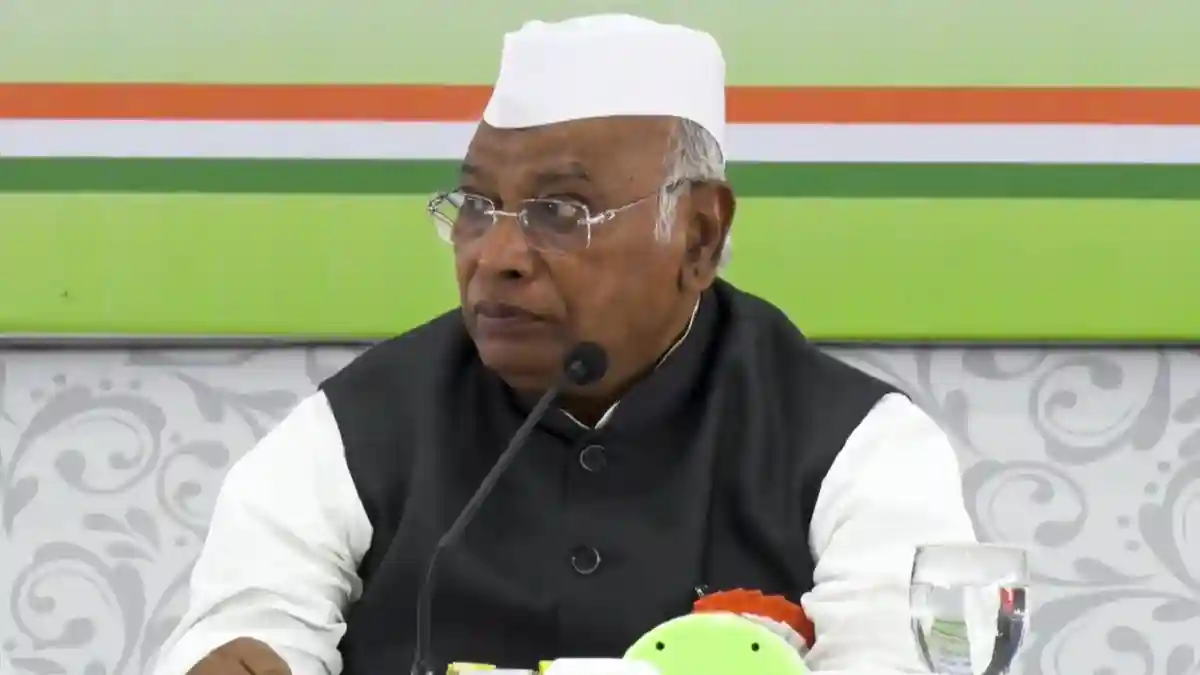By Primer Pagunuran
Copyright tribune

Our tribal politics accounts for the “pork barrel funds” as an enabling factor so that legislators can bring home the bacon to their constituents. In 2013, the Priority Development Assistance Fund was ruled unconstitutional; hence, there was supposed to be no more pork. As the disclosures in the congressional probes now indicate, pork still exists, and exists it does to the level of overload. The former chair of the Senate Blue Ribbon Committee, Sen. Dante Marcoleta, refers to it as the “cholesterol,” or excess fat, in the national budget.Likewise, Sen. Raffy Tulfo, a college dropout, argues that even right in the National Expenditure Program, or the budget proposal prepared by the Department of Budget and Management, there are already embedded pork barrel funds, inserted or hidden in many various ways. When the NEP goes to the House of Representatives and the Senate, it’s transformed into the General Appropriations Bill (GAB). At this stage, what follows is the so-called “bicameral conference,” or final clearinghouse. This is where amendments and modifications are introduced, both to the NEP and to the GAB, should there still be last-ditch extrapolations. The “bicam” comprises the lead legislators of both the Senate and the House. The committee reconciles the differences between both two budgetary versions towards approving a reconciled national budget. After this level of “review,” if we may call it that, it’s ready for the signature of the President, unless a portion will be vetoed. It’s interesting to note that if only the NEP is never subjected to amendments, it would be the perfect mirror image of the GAB up to the point that it’s signed by the President to finally become a legislated enactment called the “General Appropriations Act.” But these three “creatures” never tend to resemble one another; they could never convince a budgetary expert that all three belong to the same species. It must require an evil genius, if not a magician, to hide the budget items and estimates. Perhaps, one has to ask God in case He would know where all the pork was spread, hidden, embedded, split, overlaid, concealed. It’s a tad difficult to make heads or tails of a national budget document that’s over 4,000 pages. Budget preparation through execution may look as if controlling government expenditures has many moving parts. Paradoxically, no less than the budget and management secretary attests that FM Jr. has been “personally on top of reviewing the bicameral committee’s version of the budget,” even stressing the constitutionality of the 2025 national budget of P6.3 trillion.One wonders how our fiscal economists and general budget advisors could have overlooked the congressional insertions introduced by the Senate, on the one hand, and the House of Representatives, on the other. It’s at the bicameral conference that the differences in budgetary versions are deemed ironed out for a final reconciled edition. Currently, the Philippines is a lower-middle income country and, good grief, not listed among the least developed countries. Comparative studies have shown that less developed nations are more corrupt than more developed ones. When the country reaches a higher level of development, only then will this corruption that burst out in our midst find some cure. Like the concept of “resource curse,” a country rich in resources rather than benefits from its natural wealth is mired in poverty. Strangely, the floodgate scandal doesn’t operate within a “prey and predator relationship.” Rather, it’s a three-party relationship built on mutualism among a top politician as proponent, a key public official as bagman, and a private person as contractor. Within the broader concept of economic sabotage, the criminal enterprise of this triad, on a day certain, will face a “karmic backlash.” The long arm of the law will catch up — they can run but will have no place to hide. Systemic corruption took away hundreds of billions.



